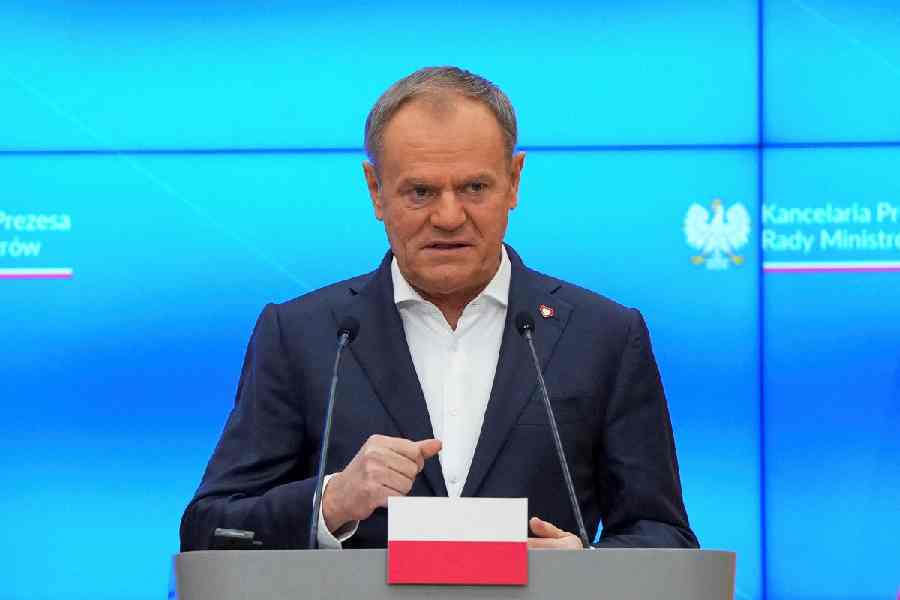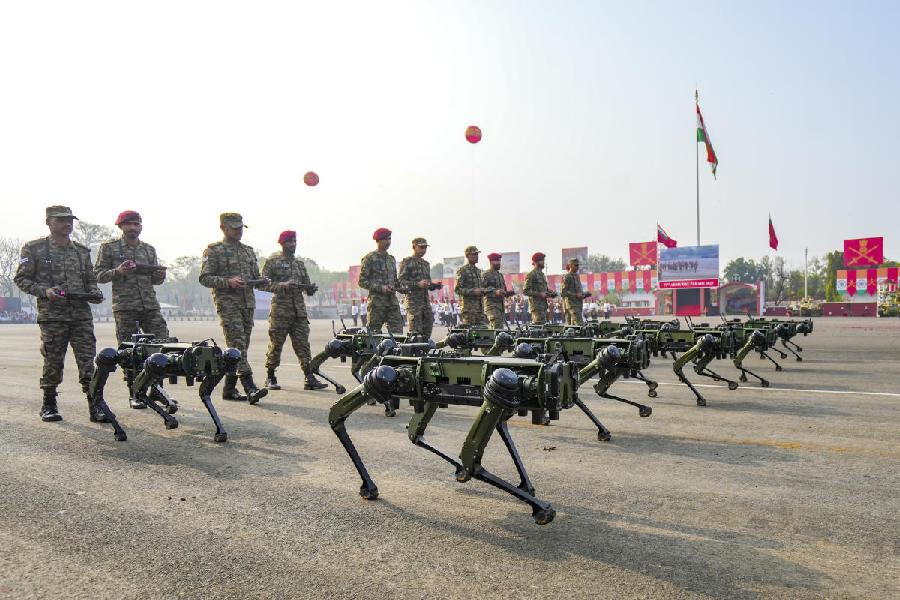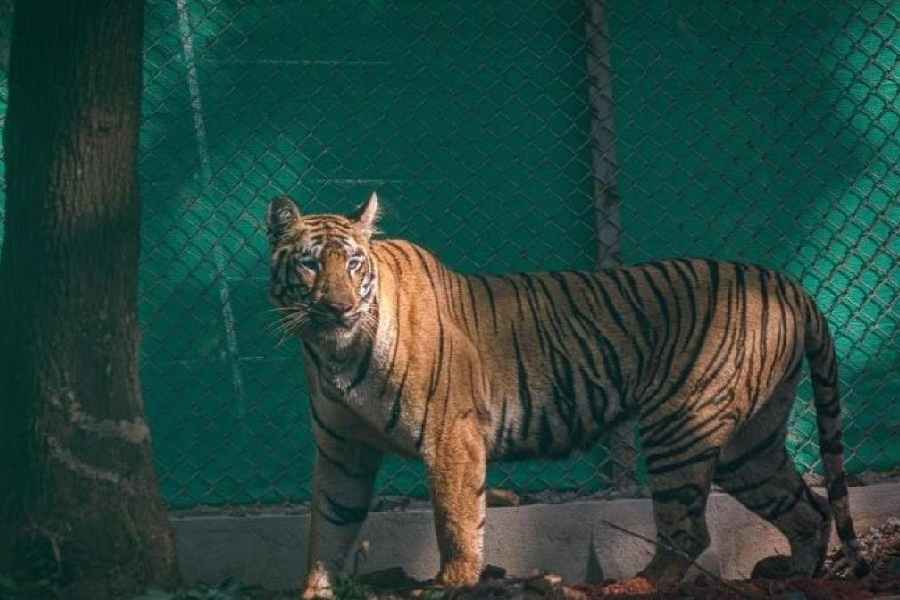As the new government gets down to setting this year’s budget, the economic realities are compelling. The backdrop to the budget’s design is a robust 8.2% growth last year that, however, reveals soberer truths beneath. Consumer spending is depressed, critical economic segments are being left behind in the catch-up process, while the growth composition is imbalanced. These aberrations correspond to the wider understanding about increased levels of unemployment, damaging price rise, and inequalities. These were meaningful issues in the recent elections, which transformed a majority government into a coalition. An active political economy response may not be a surprise in this light. There are some hints in this direction.
It is commonly noted that the 8.2% GDP growth in 2023-24, upon 7% the year before, is exaggerated by exceptionally large changes in subsidies. This has created a significant divergence between the two national account measures — gross value added and gross domestic product (equals GVA plus net indirect taxes), the supply and the demand sides of the economy. Comparative growth in GVA has been more moderate —7% and 6.7%, respectively. Most economists consider this to be a more reasonable representation of the state of the economy.
The stress points are visible in the evolving pattern of production. Last year, the composite segment of trade, repair, hospitality, transport, storage, communication and broadcasting services decelerated to half its growth rate in the previous year. These services’ categories are the biggest creators of informal and non-farm jobs, engaging a broad range of India’s semi- and un-skilled workforce, including rural migrants. From the standpoint of recovering from the pandemic shock, which hurt these segments with greater severity, and given the large-scale closure of small businesses and labour redundancies, an assessment of the distance covered from before that is more relevant. The facts are alarming: the size of this combined segment has expanded just 10% over 2019-20, growing an average 2.5% each year since.
This is telling. Clearly, this job-rich segment is a laggard and has considerable ground to cover to recoup the pandemic-inflicted losses. It must accelerate faster and beyond for more employment generation. Above 90% of India’s workforce is informally engaged; so quicker progress of these parts of the economy is crucial. The recently-released survey on unincorporated enterprises uncovers cascading shocks going back as far as 2015-16, or demonetisation, which took a toll on employment generation from these units that on average employ 2.5-3 persons. It remained unrecouped even in 2022-23.
The readings explain why consumption expenditure remains subdued overall despite briskly selling high-end homes and vehicles. Population groups with bigger consumption propensities form the critical mass of demand required by manufacturers to create fresh production capacities. Instead, firms are preferring to maintain profit margins and forsake growth of volumes, as evidenced from their pricing decisions; they are content gearing to the limited set of unaffected consumers. There’s little doubt this is a segmented economy.
Much of the supply-side growth comes from construction, another mass employer of casual labour. A persistent policy of public capex has contributed to its strong growth, no less than 13% on average in the last three years, more than double its pre-pandemic trend. Despite this, the stimulation has evidently been insufficient to stem the long-term decline in consumer spending, while uneven growth pattern has aggravated. This is visible in domestic demand (the sum of public and private consumption and net investments) that slowed strikingly last year, growing considerably below the five-year annual average rate between 2014-15 and 2018-19. Take out government consumption, and market-based GDP has successively decelerated in the last two years with diminishing contribution to total growth. If we factor in that nearly 60% of investment is public, and exclude investments in valuables (for example, gold), domestic demand is even more subdued.
The moot question before budget-makers, therefore, is whether policy responses need reorientation, or at least a supplementation of the supply-side capex. Slower growth of disposable incomes and inflation, particularly food inflation, had suppressed real rural wages; these have contracted for almost two years due to persistent price pressures. The extent of consumer stress shows that the broad policy objective of public spending on infrastructure — encouraging private investments, creating jobs, and growing incomes in a self-sustaining manner — is not being met. The policy responses can possibly be fresher, more direct, and extend beyond public capex, the provision of free foodgrains and so on.
A few hints suggest cognisance of the financial pressures upon lower income households or consumers. The first decision of the new cabinet meeting, for instance, announced a big expansion of an existing housing assistance scheme — to build 30 million additional homes for rural and urban poor, expressing commitment to inclusive growth and social welfare. News reports of issues under budgetary consideration or discussion are another marker: these include tax cuts for lower-income groups to revive consumer spending as well as targeted assistance to small -and medium-sized businesses and labour-intensive sectors or industries, amongst others.
No doubt the political economy matters in this context. A shift in policy course, or a modification, is acutely justified by the patchy economic recovery; it is necessary to revive spending without which private investment will not renew. The pressure upon public finances has been greatly relieved by the fiscal windfall from the central bank, which approved a Rs 2.11 trillion dividend payout to the Central government last month. Investors, an important class of stakeholders who have fretted about populist pressures from a coalition government, can possibly rest assured that fiscal metrics will remain unspoilt while planned corrections to the public balances will continue. It is only fair that the economic tensions overwhelming a large segment of vulnerable households that are glaringly apparent in the background to the budget are appropriately addressed. It is even better that this can be managed without disturbing fiscal stability.
Renu Kohli is an economist with the Centre for Social and Economic Progress, New Delhi











